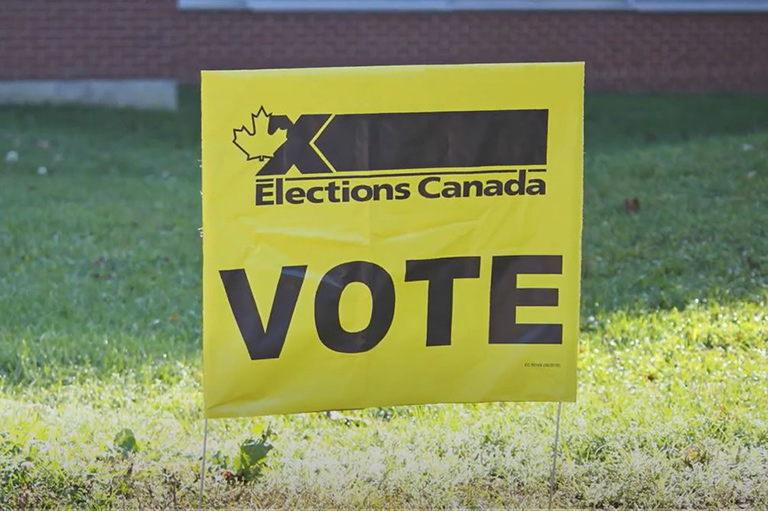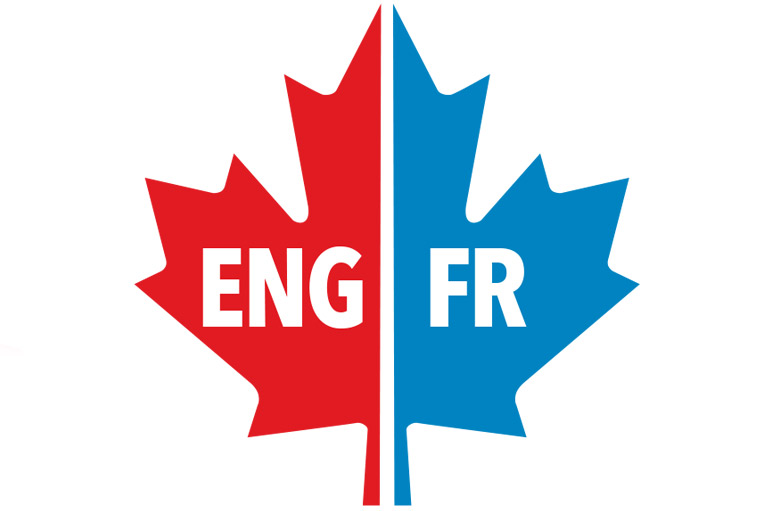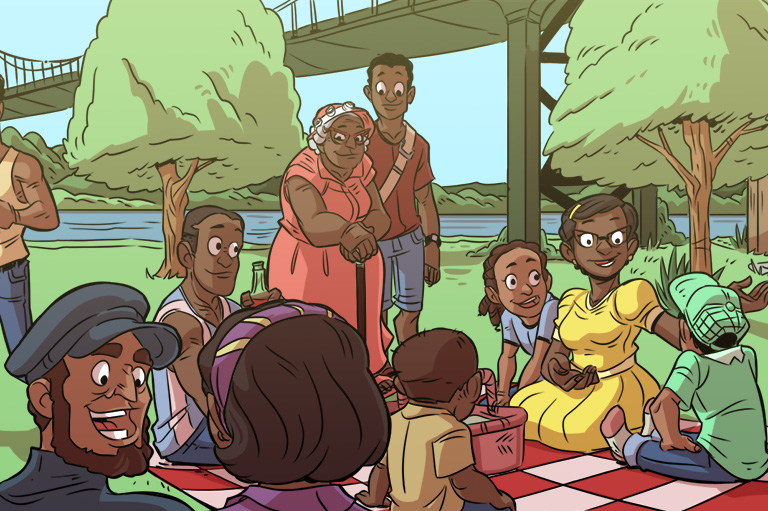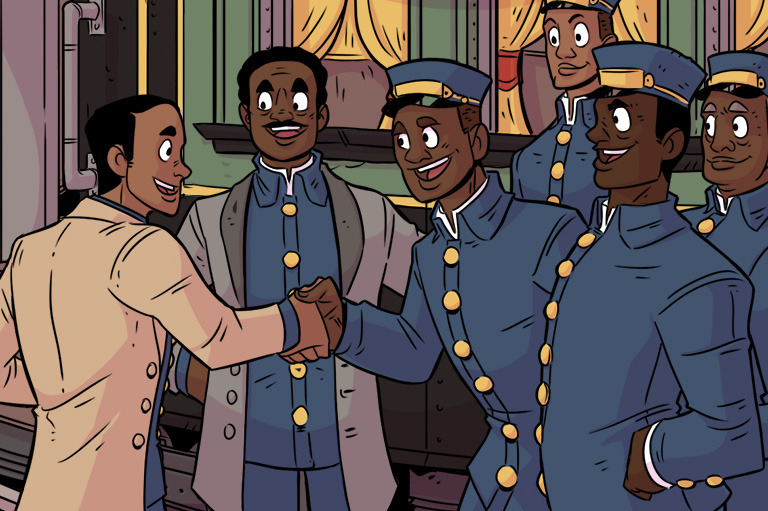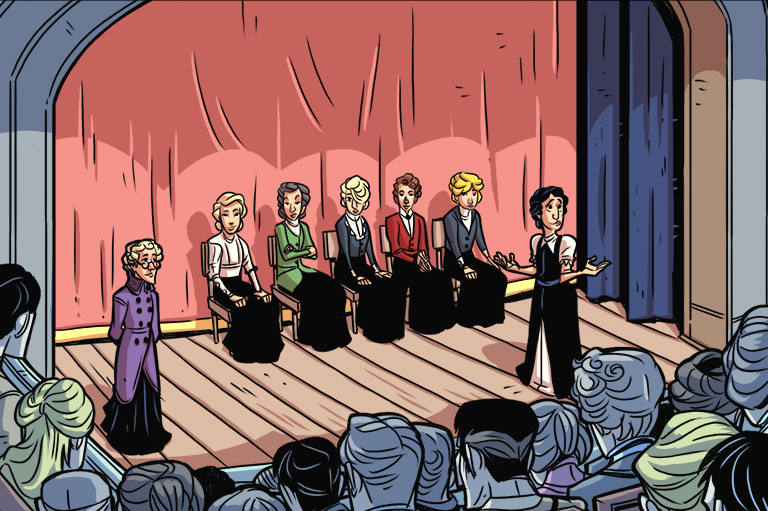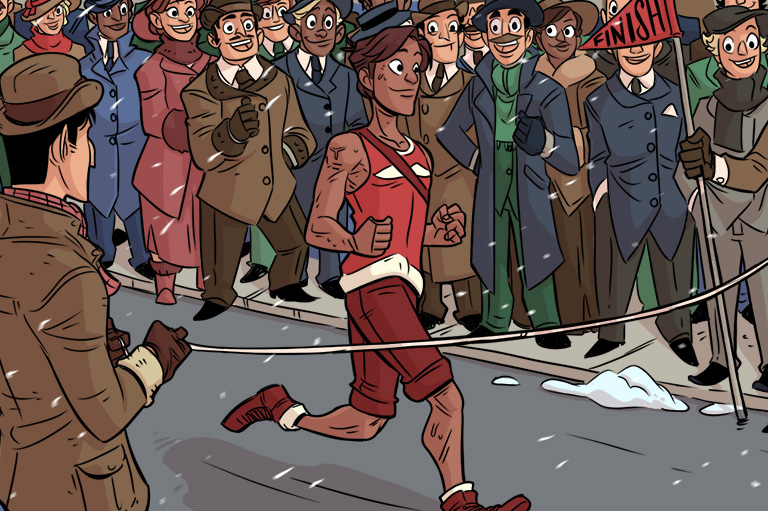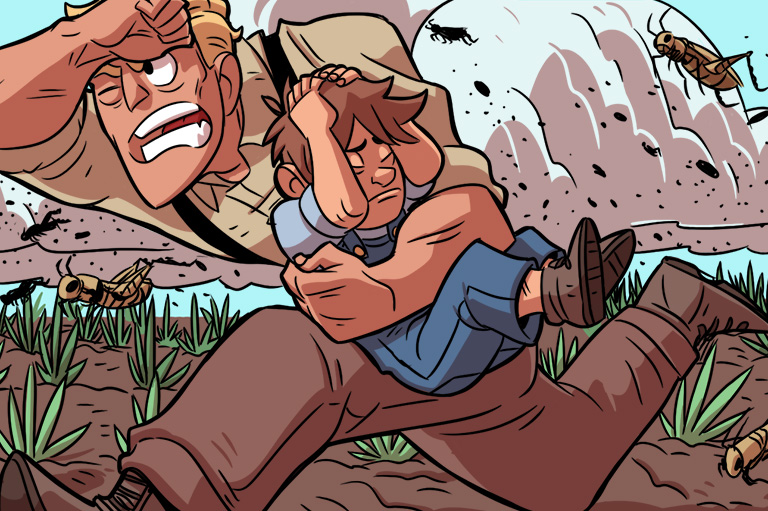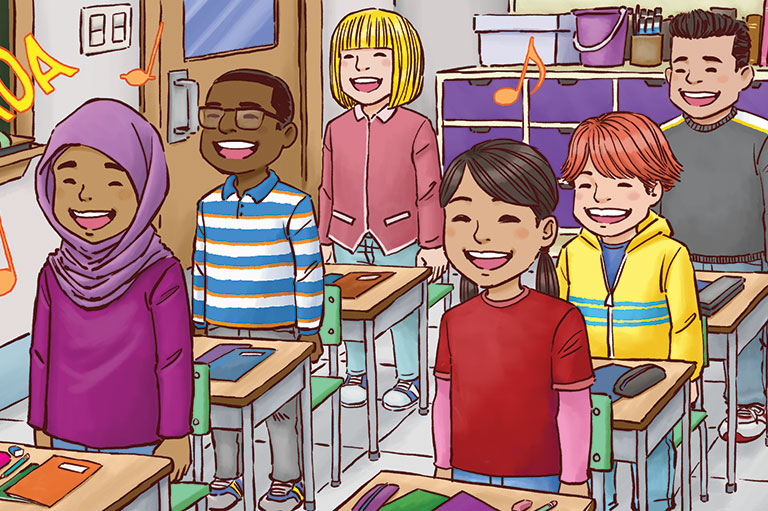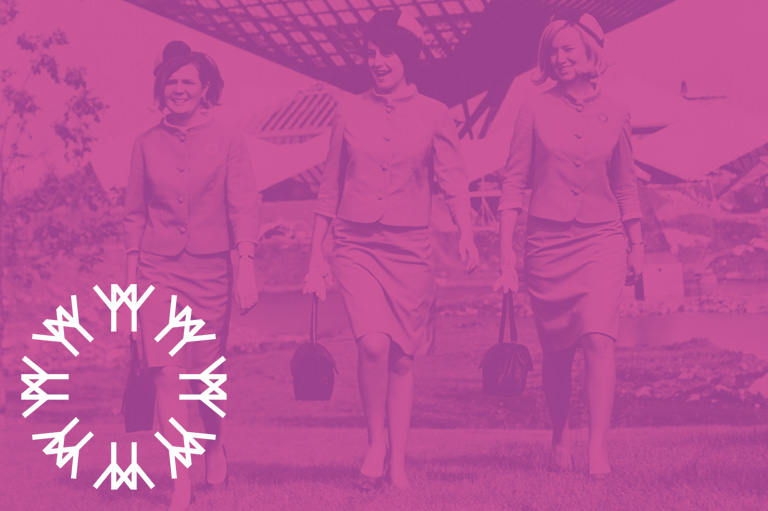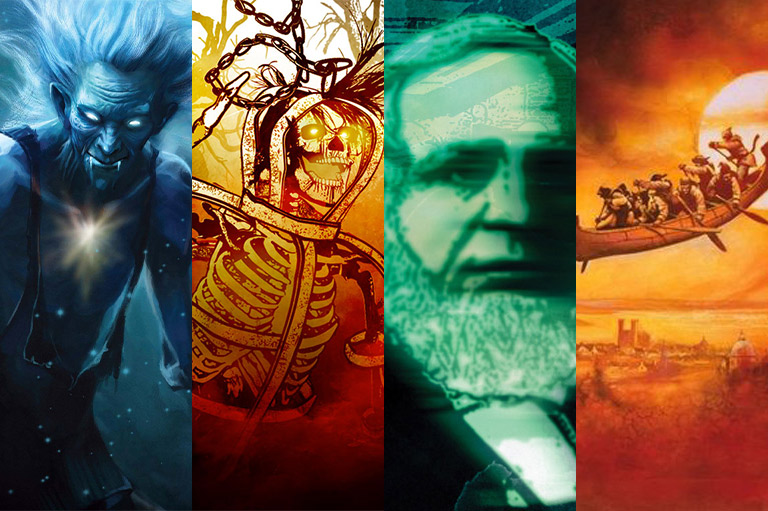Canada in Focus: Bilingual, But More
It’s one of the first things visitors to Canada notice about our country — we use both English and French. But are most Canadians actually bilingual?
Whether we eat cornflakes, or flocons de maïs for breakfast, most of us understand at least a little of the other language.
But why does Canada have two official languages?
In the last episode of Canada in Focus, host Jodi Kristjanson explains how Canada evolved to be a bilingual nation, while hundreds of thousands also speak an Indigenous language. And because people come here from all over the world, you can hear any of 150 or more different languages, from Punjabi to Cantonese, Spanish to Urdu, Tagalog to Arabic. It’s a uniquely Canadian mix.
Watch the series
Sign up for any of our newsletters and we will let you know when the next episode is released. Plus: newsletter recipients are eligible to win one of many book prizes available.
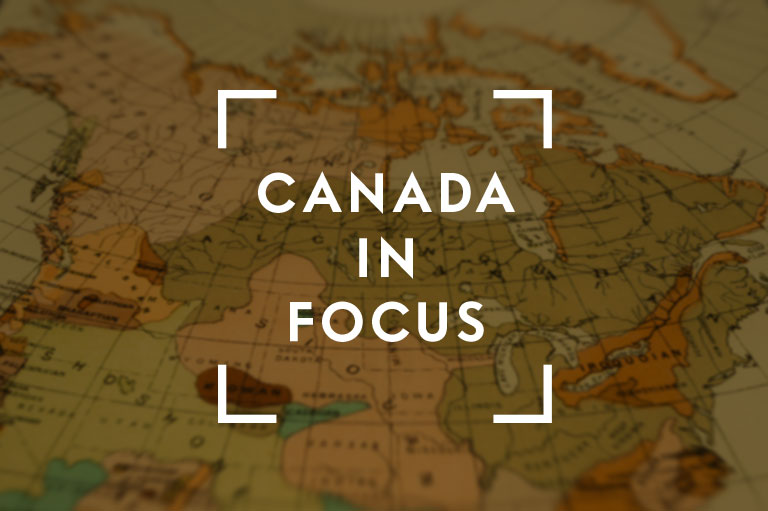
History provides a much-needed context for understanding current topics and conversations in today’s society. It helps us understand notions of change, impact, and progress and provides us with tools for interpreting the world around us. In an era of misinformation and increasing divisiveness, history is needed more than ever for encouraging deep thinking and respectful dialogue.
Canada in Focus is a five-part video series that seeks to explain the historical context of current Canadian topics and issues by tracing a current topic back through history, highlighting key events and turning points.
Each video is accompanied by related support material (see below), including teachers’ manuals and strategies, so viewers can engage with the content more deeply.
Themes associated with this article
Advertisement

Canada in Focus is made possible through the generous support of The Northpine Foundation.
Save as much as 40% off the cover price! 4 issues per year as low as $29.95. Available in print and digital. Tariff-exempt!


